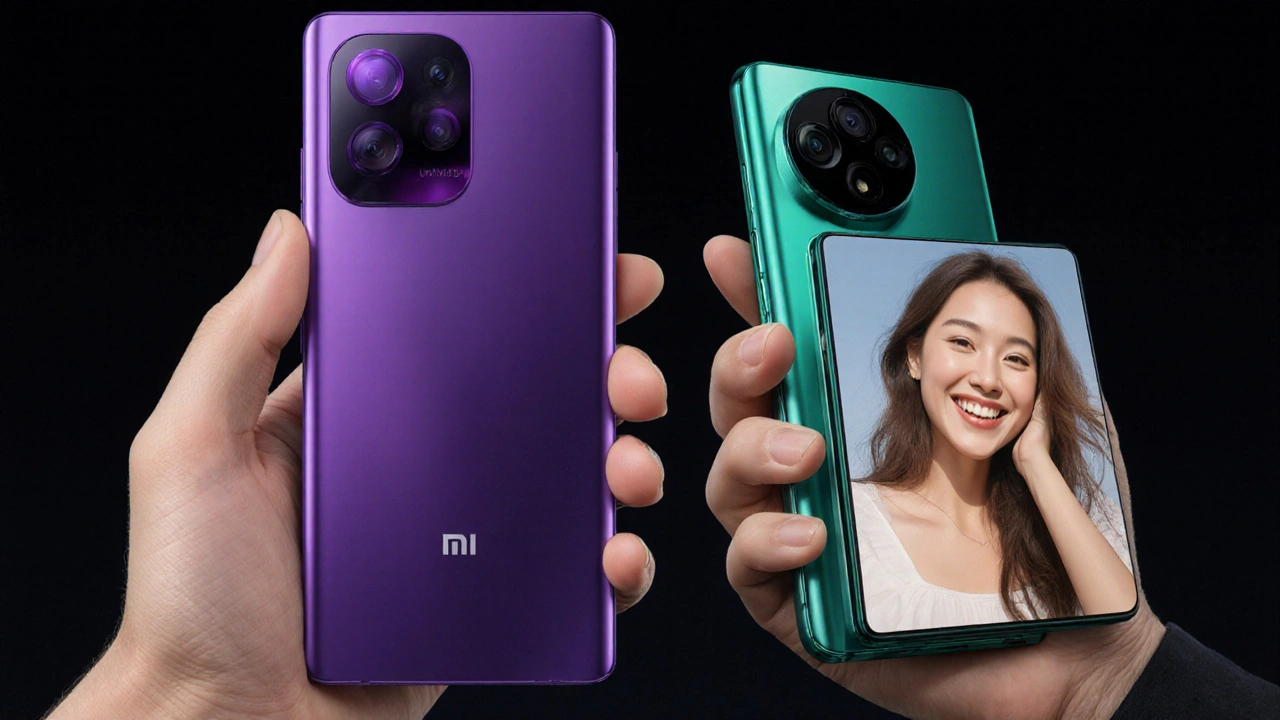If you’ve ever felt overwhelmed by the flood of new phones, you’re not alone. Flagship smartphones pack the latest tech, but that also means a higher price tag and a lot of jargon. This guide cuts through the buzz and tells you exactly what matters, so you can spend your money wisely.
First up, screen quality. Most flagships now use OLED panels with at least 120 Hz refresh rates. That means smoother scrolling, brighter colors, and deeper blacks – great for gaming and video. Look for a resolution of 1440p or higher if you want crisp detail, but don’t ignore the size; a 6.5‑inch display is usually a sweet spot for one‑hand use.
Next, the camera system. It’s no longer just about megapixels. Look for larger sensors, optical image stabilization, and software features like night mode and AI scene detection. Brands often bundle a wide‑angle lens, a telephoto lens, and a macro lens. If you love shooting in low light, check the f‑stop rating – the lower the number, the better.
Performance is another big factor. Flagship chips are built on the newest process nodes (5 nm or 4 nm) and deliver faster AI tasks, better battery life, and smoother multitasking. Pair the chip with at least 8 GB of RAM and a fast UFS 3.1 storage module. This combo keeps apps loading instantly and prevents lag during heavy games.
Battery life and charging speed matter too. A 4500‑mAh battery is common, but real‑world endurance depends on the CPU’s efficiency and the screen’s power draw. Look for fast‑wired charging of 65 W or more, and if you travel often, wireless charging and reverse‑wireless charging can be handy extras.
Start by ranking your priorities. If you binge videos daily, a top‑tier display and solid battery should be at the top of your list. If photography is your main draw, focus on camera specs and software features. For gamers, the refresh‑rate, chip performance, and cooling system are the make‑or‑break points.
Budget is a reality check. Flagship phones can range from $800 to $1,500. Many brands release a “lite” version of their flagship a few months after launch, offering most of the same features at a lower price. Keep an eye on sales around holiday periods – you can often snag a high‑end model for under $900.
Don’t ignore the software experience. Some manufacturers promise four years of OS updates, while others stop after two. A longer update cycle means better security and new features down the line. Also, check for bloatware; a clean UI makes the phone feel faster.
Finally, think about ecosystem. If you already use a smartwatch, earbuds, or laptop from the same brand, sticking with that brand can give you seamless connectivity, shared apps, and easier file transfer.
Choosing a flagship smartphone doesn’t have to be a lottery. Focus on the screen, camera, performance, battery, and software support – and match those to your daily habits. With this checklist, you’ll walk into any store or online shop confident that the phone you pick truly earns its premium price.
Posted by
Siseko Tapile
5 Comments

Xiaomi launched the Xiaomi 17, 17 Pro and 17 Pro Max on 25 September 2025. All three run on the new Snapdragon 8 Elite Gen 5 chip and Xiaomi Hyper OS 3. The Pro Max boasts a 6.9‑inch SuperRED OLED screen, a 7,500 mAh battery with 100 W PPS fast‑charge, and up to 1 TB of storage, aiming to out‑run Apple and Samsung in power and speed.
read more